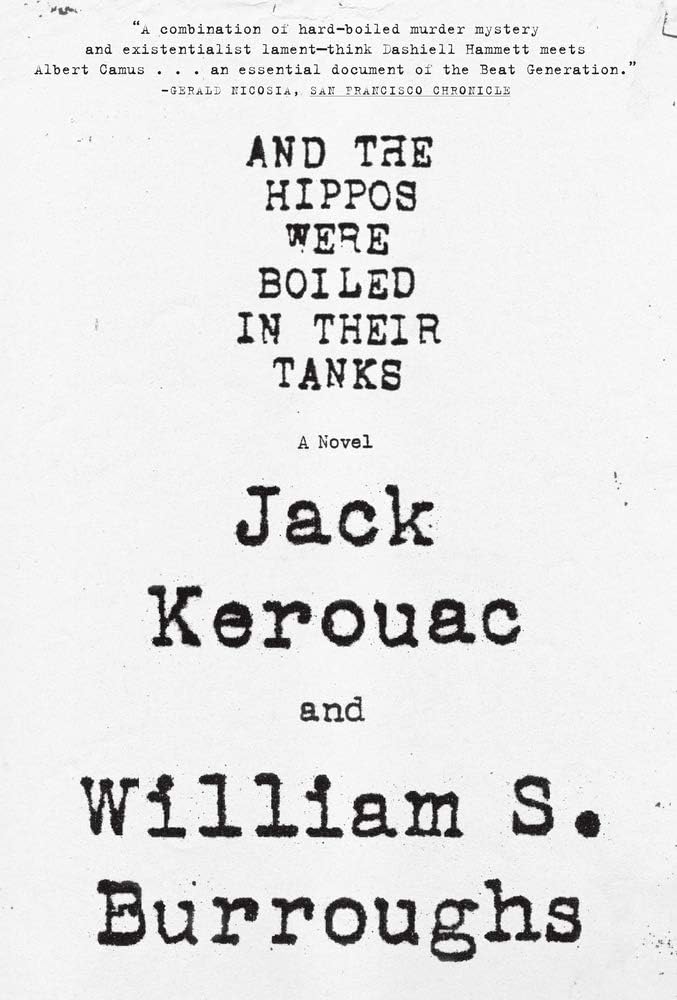What do you think?
Rate this book


214 pages, Hardcover
First published January 1, 1945
”I had the feeling that all over America such stupid arguments were taking place on street corners and in bars and restaurants. All over America, people were pulling credentials out of their pockets and sticking them under someone else's nose to prove they had been somewhere or done something. And I thought someday everyone in America will suddenly jump up and say, 'I don't take any shit!' and start pushing and cursing and clawing at the man next to him.”I read the open to Chapter Eight with equal pleasure.
”Wednesday turned out to be a beautiful day. It was one of those clear and cool June days when everything is blue and rose and turret-brown. I stuck my head out Janie's window and looked around. It was eleven o'clock yet everything looked fresh and keen like early morning.”Who else but good ol' TiJean could rhapsodize so about looking out the window and imagining the sheen of early morning with noon only an hour away? Those who tend to dismiss Kerouac as a prolix and self indulgent flibbertigibbet (and lord knows at times he gave plenty of reasons for people to do so), tend to miss his concentrated inventiveness exemplified by the use—I assume, actually, coining—of an adjective such as “turret-brown.”